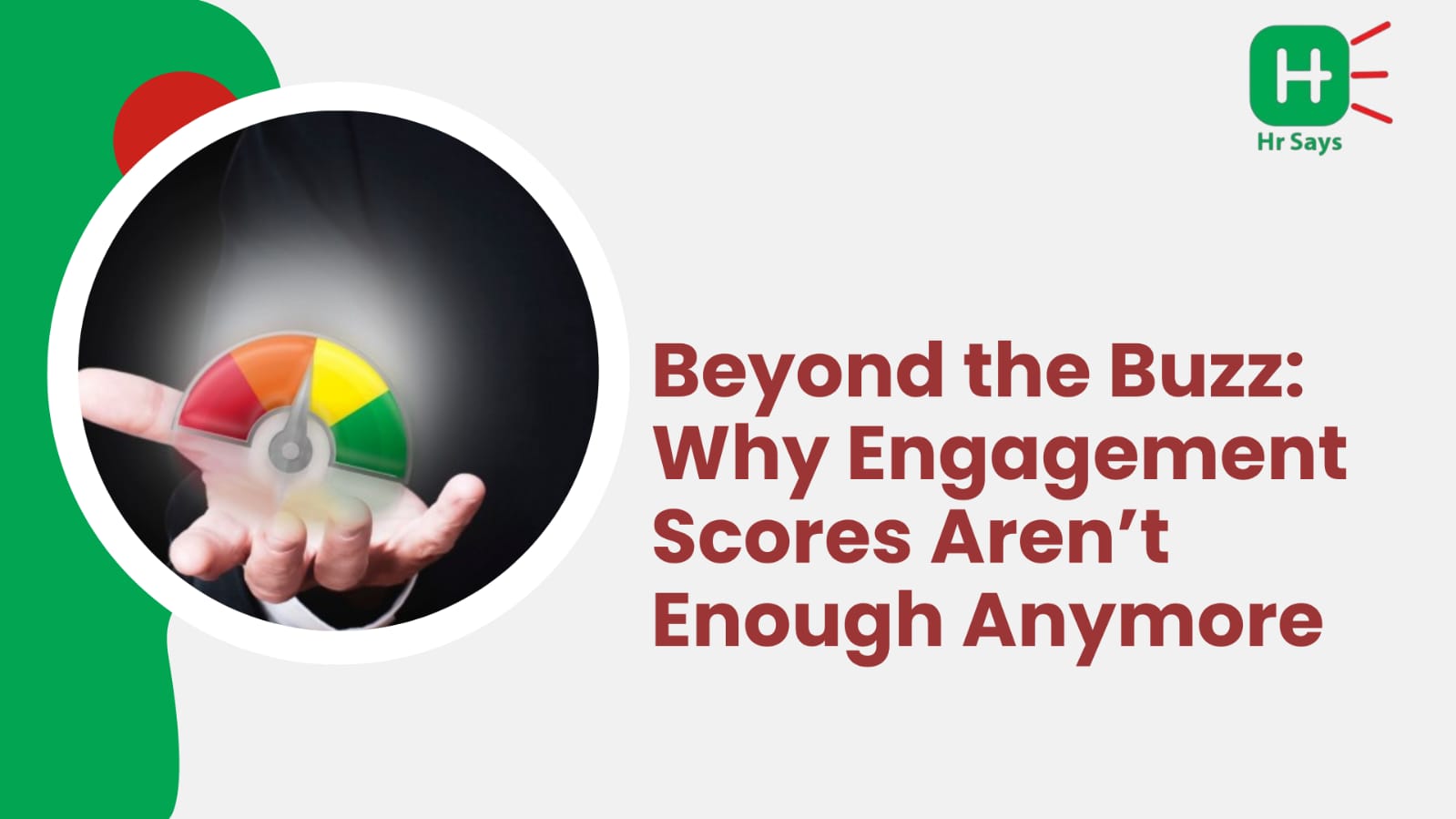What happens when your brightening scores of engagement do not reflect the entire picture you so much boast of? They have been the north star of HR teams for a long time. However, they only skim through the surface of a modern workplace. Now it is time to get deep it is time to trace what really drives people and performance.
The Weaknesses of Traditional Engagement Metrics
Even currently, most companies are loyal to annual engagement surveys. Do they, however, represent realities on a daily basis?
These scores may show satisfaction levels, but:
● They miss real-time changes
● They’re subjective
● They don’t link directly to outcomes
An engaged employee isn’t always a productive one. And retention is not necessarily a result of satisfaction and neither innovation. That is when the cracks start appearing.
Feeling to Function: Why HR Shouldn't Measure That
The business of HR is not to make people feel good but to be able to realize better outcomes. Numbers have to be transformed to action.
Target Action-Drivers Metrics
Outcome measures give more specific answers.
● Internal mobility levels: Are the employees expanding within the organization?
● Speed to productivity: How fast is new hires able to add value?
● Manager effectiveness scores: How well are teams being led?
Each of these tells a story engagement scores can’t. They show whether your culture translates into action.
Real-Time Data: The New Standard
Waiting a year for feedback? That’s outdated. Outcome-driven HR depends on fresh, continuous
data. Use tools that monitor:
● Weekly goal progress
● Micro-pulse surveys
● Peer feedback loops
A few smart touchpoints can reveal more than a thousand survey questions.
Rethinking the HR Dashboard
Imagine opening your HR dashboard and seeing movement, not moods.
What the New HR Dashboard Should Include:
● Attrition risk flags
● Time-to-promotion trends
● Skill development progress
● Organizational network strength (collaboration insights)
Each data point should connect back to business goals. Not just feelings.
Shift in Reporting Culture
Instead of presenting scores, ask:
● What changed after our last HR initiative?
● Are we creating better leaders or just happier ones?
● Are we solving pain points or just smoothing them over?
Answering these gives leadership something to act on—not just admire.
From Insights to Impact: Making the Transition
The shift to outcome-based metrics takes intention. And courage. It starts with asking harder
questions—and being okay with uncomfortable answers.
To move forward:
● Audit current HR metrics
● Retire the ones with low actionability
● Build a metrics strategy aligned with org goals
● Have data analytics groups as partners to provide an in-depth understanding
It is a change of reactiveness to pre-emption. Noise to clarity.
Conclusion
The active involvement is important but when it is combined with evidence. To have a seat at the strategy table, the HR has to stop speaking the language of feelings and start talking in terms of results. Workplace is changing.

 Engagement scores aren’t enough anymore. This blog explores why HR needs to adopt outcome-focused metrics that reflect growth, productivity, and retention—offering sharper, more actionable insights than traditional surveys.
Engagement scores aren’t enough anymore. This blog explores why HR needs to adopt outcome-focused metrics that reflect growth, productivity, and retention—offering sharper, more actionable insights than traditional surveys.












.jpeg)
.jpeg)

.jpeg)

.jpeg)


.jpeg)

.jpeg)

.jpeg)


